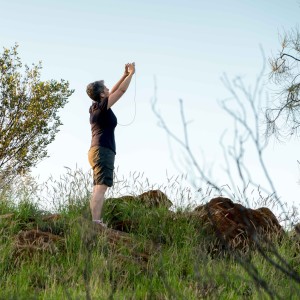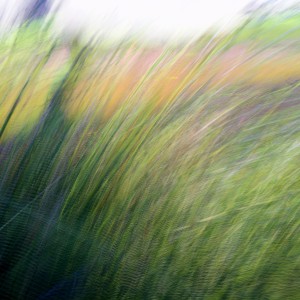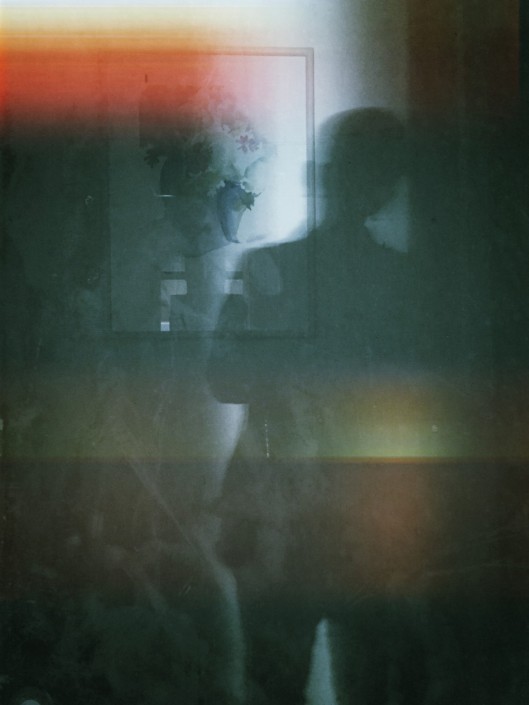Tags
Australia, eccentricity, human behaviour, life, Melaleuca, Melaleuca leucadendra, nature, paperbark, photography
We all have our little eccentricities—peccadillos…oddball ways. When we are young most of us use up a lot of energy trying to hide these from our fellow humans. All the while we seek our true selves. These are part of our true selves, if only we could see. As we age and become more comfortable in the world and in our own skin, we let go of some of the smoke and mirrors and ease into the dreaminess of being who we are.
Many times I’ve written about my morning walks, and the treasures I carry home with me. It is with childlike delight I pick up these pieces of nature and spirit them away with me. Part of my experience is to photograph them, as you know. Photography helps me study and internalise the essence of the treasures, as well as hopefully make something beautiful to share. I am sure most of the inhabitants of our neighbourhood have seen me roaming the hills and paths, carrying things. I’m also sure some of them must wonder what I’m doing, or at least think ‘there goes that strange lady walking and carrying things, stooping to take photos and…’
…one morning about three quarters of the way through my walk, something beckoned me, saying
‘Look at me.’
It was a stunning piece of paperbark–quite long and intact (about 900mm x 200mm or 3ft x 8in), and must have only recently fallen from its tree*, since there was no sign it had been there long.
‘Come to me baby,’ I replied.
Carrying it home was a little like carrying a small limp, sleeping child but not as heavy. No doubt there were local eyes upon me, but I didn’t care. It was so worth it, whatever thoughts of my strangeness were sent into the ethers. I have used it for a few still life photos, but mostly I admire its multi-layered, velvety texture whenever I gaze into the corner of the room. The layers are really as light as paper but upon one another, as they are, strong and resilient.
AND…
Recently I was coming home along the street in the early morning. It was ‘bin day’, when the garbage is collected. In front of nearly every house on the street was a tall green wheelie bin holding the weekly refuse. It is sometimes a smelly walk on those mornings, but, undaunted, and in the home stretch, something caught my attention…
‘Here I am, come see me…’
Out of the top, from under the bin lid, was a distinctive trail of green texture. No, no, nothing slimy–grass, I thought. Falling in long graceful tendrils, it was not the usual grass from one’s yard.
‘Come closer.‘ it whispered.
I am a tactile person, often seeing with my hands, so I touched it, hoping for clues. I wondered how I might photograph it, or if it was of interest to anyone but me. Reluctantly, I decided it was not. I lingered, slipping into a grass reverie, stroking the pliable green filaments, partially dry but not quite limp. Remnants of a grass tree, I decided. And then I realised…
I was standing in the street,
stroking grass,
coming out of the top of someone’s garbage bin.
Back away from the bin, Ardys. Now. Slowly walk away. Home.
I think I’m hilarious, even if no one else does. I am harmless in my reveries. If I become the eccentric old walking woman of my neighbourhood, so be it. They could do worse.
(*Melaleuca leucadendra, Weeping Paperbark, is native to Queensland, Western Australia and the Northern Territory. It is widely distributed from the Kimberleys to Cape York and south to Bundaberg. It also occurs in New Guinea and the Solomon Islands. Although it will withstand some frost, it is not recommended for cold areas such as mountainous regions or Tasmania. It will grow well in most other areas, being very tolerant to wet or dry conditions. There are about 200 species of paperbark but the one I’ve depicted here is the leucadendra. Indigenous people used strips of bark from this tree and tied them to a frame of Dodonaea branches to build huts that were waterproof. The bark was used to wrap food before cooking in an underground oven called a kap mari. It was also used to wrap the bodies of their dead. The bark from trunks of very large trees was used to make bark canoes. The crushed leaves were used to treat respiratory infections and the flowers for making a sweet drink.)










I love all those paperbark and found bits of nature shots- they are stunning. Isn’t it wonderful being older when you reach the point when you just don’t care how others may perceive harmless behaviour. I wouldn’t want to be young again for this reason alone, despite the aches and wrinkles.
LikeLiked by 1 person
I’m with you Francesca. I have no desire to go back to my younger self. I feel very fortunate to think that way. I know people who like to live in the past and it seems a very sad way to spend one’s later life.
LikeLiked by 1 person
It’s better to be remembered for a harmless eccentricity like that than not to be remembered at all Ardys.
xxx Massive Hugs xxx
LikeLiked by 1 person
Well, I never thought of it that way! Thanks David. xxx
LikeLiked by 1 person
I felt at home reading this. The feelings generated about discoveries and findings are indeed much like a treasure hunt! I am a collector of nature… discards or often overlooked bits of matter along a path. The last hike to the river I found the sun bleached skull of a young deer, an intact devil’s claw seed pod, a scattering of bird feathers left behind at the scene of a kill, and a squirrel tail. It was a banner day for me. And the items I don’t collect, I photograph and leave them rest where they are. And yes… sometimes there is a beckoning voice . 🙂
LikeLiked by 1 person
I can only describe it as a beckoning voice because I have no other words to describe that ‘calling’ to look at things. It is no doubt a sense of some kind but what exactly I don’t know. I can well imagine you have very similar walks, Lori, because I am so enthralled when I read your posts. Thank you. x
LikeLiked by 1 person
I love you and this is one of my favourite things I have read all day XXXX
LikeLiked by 1 person
Oh, thank you SO much, that is one of my favourite things I’ve read all week! xx
LikeLike
Looking with curiosity and truly seeing is a reward for those of a certain age who have earned the time to appreciate their surroundings. To visualize the artistic potential of what you see Ardys is a gift.
LikeLiked by 1 person
What a lovely and thoughtful comment, Sandra. Thank you.
LikeLike
‘Eccentric’ . . . Uninhibited’ . . . may I complicate matters and suggest ‘mature’ and ‘secure’! [or is that indescribably boring!] – My huge delight in your post was surely the phrase: ‘Recently I was coming home in the early morning’ . . . ’cause so many friends I cherish somehow do not and are safely beyond darkened shades . . . and I can imagine a bigger buzz . . .
LikeLiked by 1 person
I cherish living in a place where I feel safe and can go for walks whenever I wish. Thank you Eha!
LikeLike
This is a beautiful post. You… we… are in very good company – eccentric or not. As I walk I linger, examine, photograph, touch, collect… plants, leaves or other natural objects such as stones, feathers or shells. My Dad once told me that my grandfather also did this. So I was amused walking behind my sister during our weekend in Melbourne to see her breaking off bits of plants and doing the same, and explained the connection to her.
One of the rose tins Rae gifted to me is slowly filling with natural bits and pieces I have collected during our trip… and due to space I’m being quite restrained. I love the simple mementoes.
But that’s not the hilarious part – the G.O. will testify to my love of footpath goodies. You cart home a piece of paperbark, or caress remnants of a grass tree. I caress an old broken chair to assess its salvage worth or cart home a table 🙂
LikeLiked by 1 person
Our behaviour doesn’t really require classification, we are just being our hilarious selves! Love the mental picture of you carrying a table down the street! Thanks Dale. We are about to board our flight… xx
LikeLike
Ha ha, well I happen to love the crazy lady xx
LikeLiked by 1 person
Thank you dear friend. xx
LikeLike
Stunning shots. Yes, I would love to be a bird flying around and watching you do “your thing”. Or I would love to be on that walk with you and we could have a great big laugh together when we realize someone might be watching. But for sure you must never stop doing what you do and how you do it. And either you might be cheap entertainment for someone watching OR you might just be the inspiration they needed to keep moving that day. xo
LikeLiked by 1 person
What a nice comment. I never thought I might inspire someone–I like that. 💕
LikeLike
Standing in the street, stroking grass is a perfectly acceptable activity in the Territory Ardys.
Also, did you make a typo when you wrote 3ft 8inches? 😀
Great read!
LikeLiked by 1 person
Thanks Lou, I guess I’m really settled into Territory Culture! Sitting in the USA replying to this and feeling very culturally confused at the moment, however!
LikeLiked by 1 person